ATTO Disk Benchmark
The ATTO disk benchmark is a Windows-based utility for testing storage performance of any storage drive or controller. We use the default benchmark setup.
M.2 PCIe Performance
For M.2 testing we use a Toshiba OCZ RD400 256GB M.2 PCIe NVMe SSD.
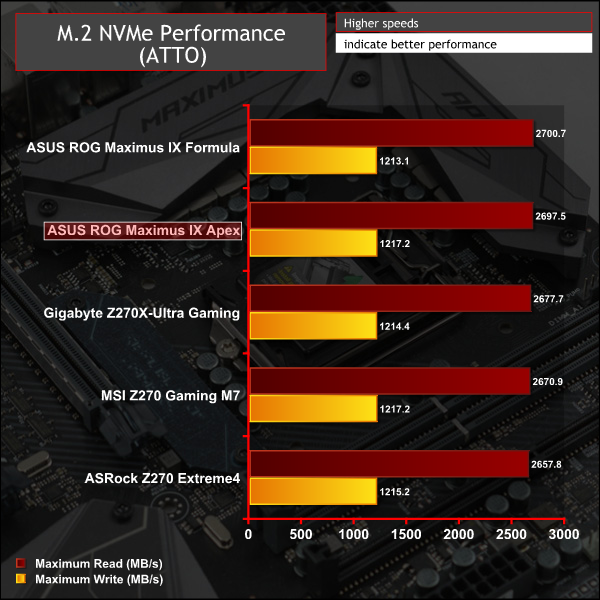
USB Performance
We test USB 3.0 and 3.1 performance using a pair of Transcend SSD370S 512GB SSDs in RAID 0 connected to an Icy Box RD2253-U31 2-bay USB 3.1 enclosure powered by an ASMedia ASM1352R controller.
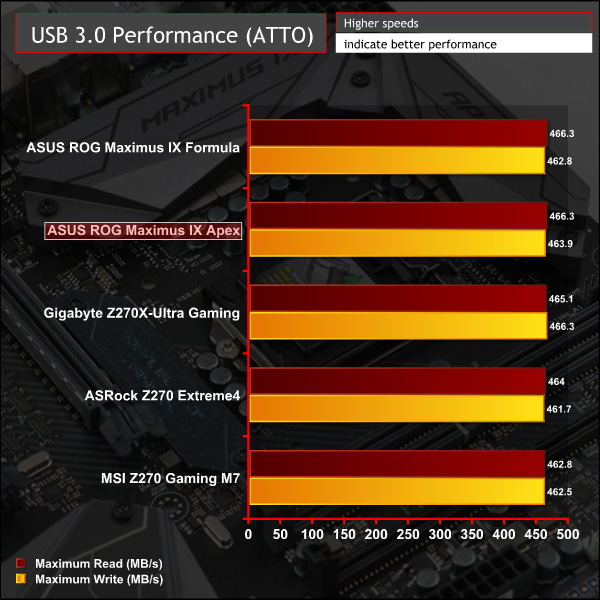
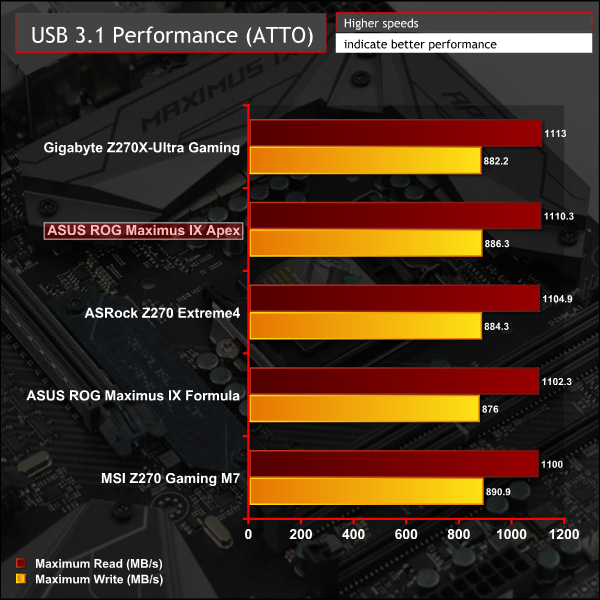
SATA 6Gbps Performance
For SATA 6Gbps testing we use an OCZ Trion 150 480GB SSD.
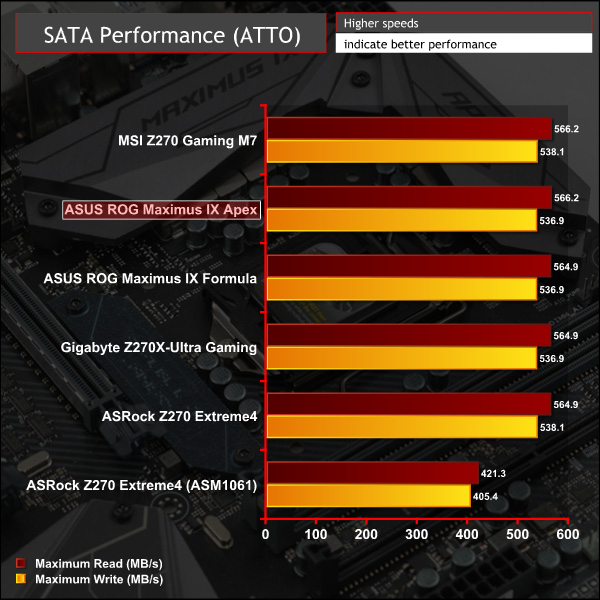
Storage performance is consistent across M.2, SATA and USB for the controllers used.
Audio
Rightmark Audio Analyser is a freeware benchmarking utility designed to objectively test the performance characteristics of audio solutions. We setup a line-in line-out loop and execute the record/playback test before generating the results report you see below. A sampling mode of 24-bit, 192 kHz was tested.
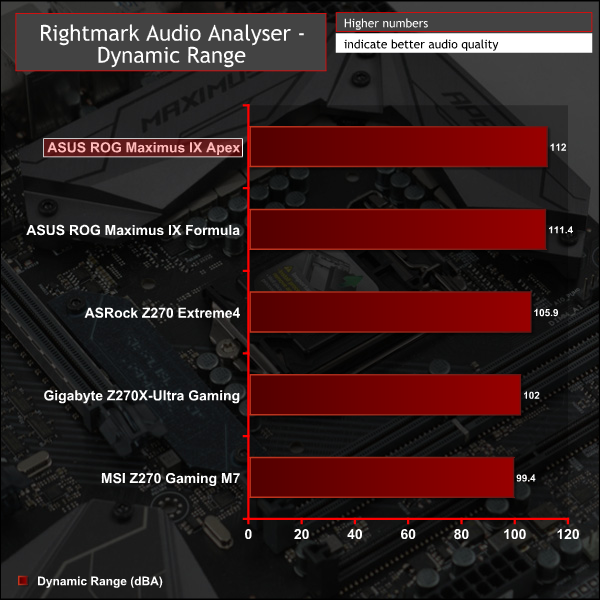
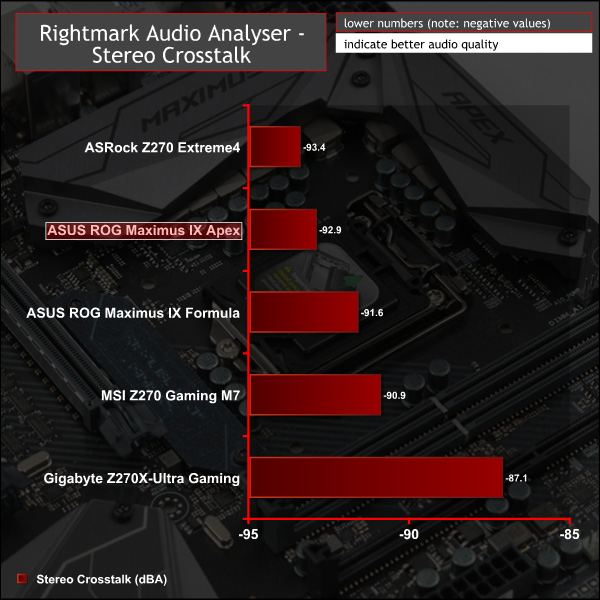
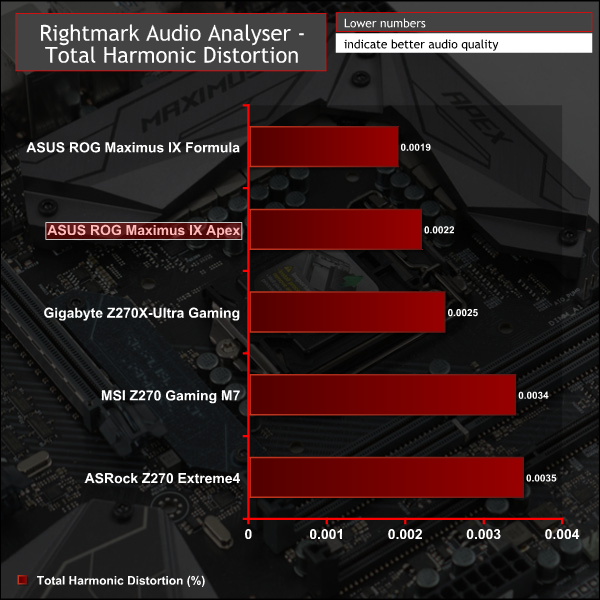
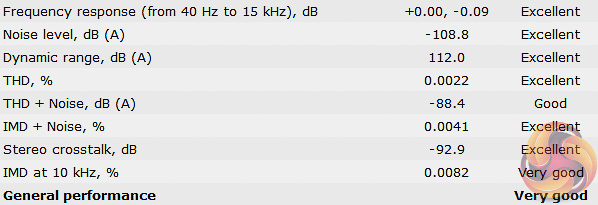
The audio performance of the Maximus IX Apex aligns very closely with the Maximus IX Formula. Rightmark summary report scores the Apex as Excellent in 6/8 categories, Good in 1/8 and Very Good in 1/8 for an overall result of Very Good.
 KitGuru KitGuru.net – Tech News | Hardware News | Hardware Reviews | IOS | Mobile | Gaming | Graphics Cards
KitGuru KitGuru.net – Tech News | Hardware News | Hardware Reviews | IOS | Mobile | Gaming | Graphics Cards


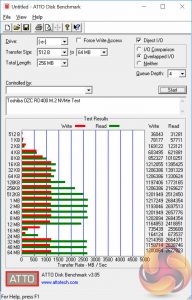
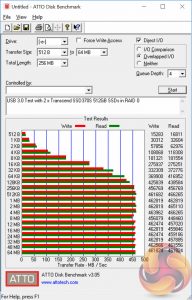
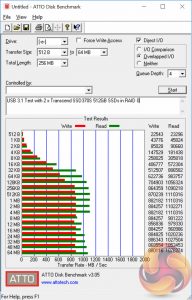
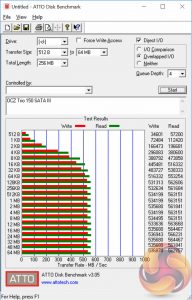

They really should keep the LN2 features away from consumer boards, because consumers are never, ever going to use LN2 on them at all. It’s just a ploy to crank the price up with an unnecessary feature most will never use.
Same goes for the automatic overclocking stuff. No-one who spends £300 on a motherboard will be using that. At all. If a total newbie is going to get into PC stuff and has stupid money to burn, they’ll pay for OCUK or Scan to do it out of the box with warranty.
The most striking feature of this board is the M.2 DIMM socket and weird shape (which puts me off slightly as it will reduce the stability of the board in terms of bending).
And, as with all motherboards, there’s barely a difference worth bothering with in terms of performance. When I choose a board I choose one with enough sockets to do what I want and has the most appropriate features such as VRM cooling, USB sockets and fan headers.